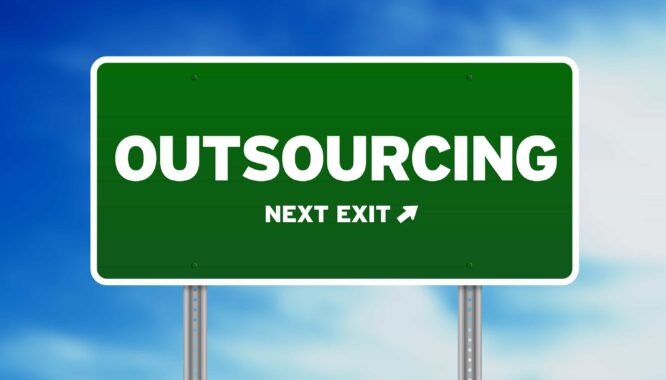
Pretax deductions are subtracted from employees’ wages before taxes are taken out, thereby lowering their taxable wages and increasing their take-home pay. For a deduction to be eligible for pretax status, the employer must have an Internal Revenue Service-compliant plan document on file. For example, you need a Section 125 plan document to grant pretax health benefits, a 401(k) plan document to offer a traditional 401(k) plan, and a Section 132 plan document to provide pretax transportation benefits.
Related articles:
What To Do If You Receive an IRS Wage Levy
Payroll Management: Processes and Solutions
The following employer sponsored deductions are pretax, provided they adhere to the respective Internal Revenue Code:
– Medical, dental and vision insurance
– Life insurance
– Accident insurance
– Health flexible spending accounts
– Adoption assistance flexible spending accounts
– Dependent care flexible spending accounts
– Health saving accounts
– Traditional 401(k), 403(b) and 457 retirement plans
– Expenses for transit passes, parking and commuter highway vehicles
While you can make short- and long-term disability insurance pretax, be aware that if the employee starts using the disability benefit, his or her payments received will be taxable.
As noted, if the deduction is pretax, it should be subtracted from the employee’s wages prior to taking taxes. However, there are several exceptions to this rule, as not all pretax deductions are exempt from the same taxes.
Most pretax benefits are excluded from federal income tax, Social Security and Medicare tax withholding, and federal unemployment tax. However, life insurance coverage over $50,000, traditional 401(k) contributions and adoption assistance benefits are subject to Social Security and Medicare tax withholding but not federal income tax withholding.
Further, employers must pay federal unemployment tax on traditional 401(k) contributions and adoption assistance benefits, but not on group life insurance coverage over $50,000.
Check with your state revenue agency to determine which payroll deductions are subject to state and local employment taxes.
Deductions Taken After Taxes
There’s a simple rule surrounding after-tax deductions: if the deduction doesn’t qualify as pretax, then it’s post-tax and should be subtracted from wages after taxes are withheld. As a result, after-tax deductions do not reduce taxable wages nor do they increase take-home pay.
Common after-tax deductions include:
– Union dues
– Roth 401(k), 403(b) and 457 retirement plans
– Wage garnishments, including creditor garnishments, child support withholding orders, tax levies, bankruptcy orders and student loans
As previously shown, some deductions can be viewed as both pretax and after-tax — such as life insurance and adoption assistance — since they are subject to certain taxes but not others.
Also, whether certain voluntary benefits should be after-tax varies by employer. For instance, one employer may offer pretax life and disability insurances, while another might provide those benefits only as after-tax options. However, wage garnishments, union dues and Roth retirement accounts are always after-tax.
Taxation
Understanding the implications of taxation is crucial when distinguishing between pretax and after-tax income, especially in the context of payroll services and online payroll solutions. Taxation directly impacts the amount of money an individual or business retains, and it’s closely tied to payroll processing and payroll software.
Pretax Income
Pretax income, often managed through payroll services or specialized payroll software, is the income an individual or business generates before any taxes are withheld. Whether you’re a small business owner or an HR specialist utilizing payroll solutions, this income encompasses various financial aspects. It includes gross wages, revenue from investments, and earnings from business operations. Calculated before deductions for income taxes, Social Security, and Medicare, pretax income is the basis for determining tax obligations, with tools like QuickBooks or general ledger software assisting in the process.
After-tax Income
After-tax income, crucial for payroll management and the responsibility of payroll specialists, is what remains after all relevant taxes have been deducted from the initial pretax sum. This is the amount employees see reflected in their paychecks, which includes not only income tax but also payroll taxes, garnishments, and other withholdings, often managed through time and attendance systems. Payroll solutions and outsourcing payroll services play a pivotal role in streamlining the process. Software like Intuit and payroll management systems assist in calculating after-tax income and ensure tax compliance and accurate payroll checks.
Understanding how to effectively calculate and manage payroll, especially for small businesses, is essential. Payroll management systems help business owners and HR professionals handle payroll needs efficiently, whether it’s salaried, hourly, or overtime pay, while also automating tax filings and electronically managing withholdings and tax forms. This is particularly important for new hires, as a comprehensive payroll system, like Paychex or Payroll Online services, simplifies the onboarding process and helps maintain compliance with state and federal tax regulations.
In this dynamic environment where tax calculations and compliance are critical for both small businesses and large enterprises, after-tax income provides a clear picture of what’s available for further investment, expenses, and employee compensation. Effective payroll management is not only about paying employees accurately but also ensuring that all tax calculations and payroll checks are in order to avoid penalties and maintain tax compliance, whether it’s state tax, federal tax, or other tax tables associated with the business’s specific needs. It’s the partnership between HR and payroll specialists, along with cutting-edge HR software and time-tracking solutions, that ensures a smooth payday for all employees and streamlines financial operations.


 (1)-640x380.jpg)

